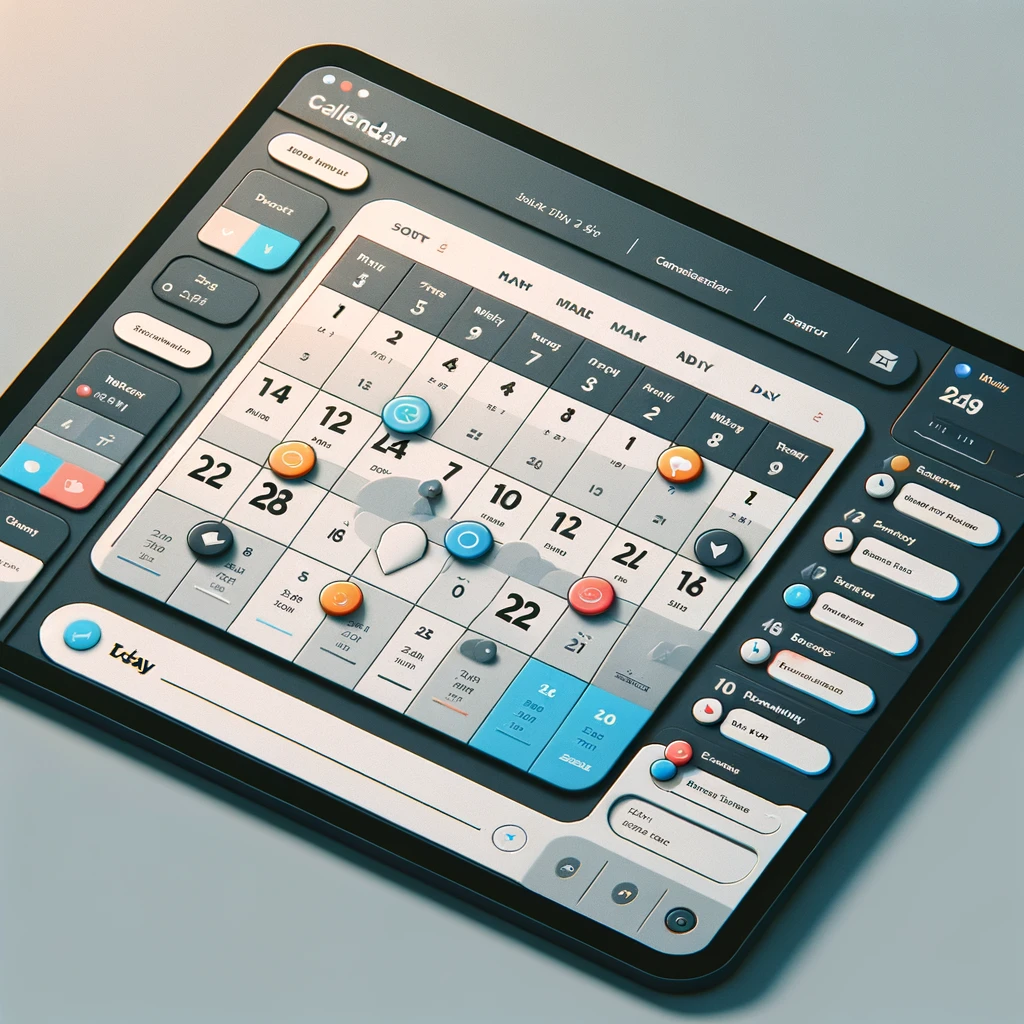FullCalendar is a powerful and versatile JavaScript library for building interactive calendars on web applications. It allows you to display events in daily, weekly, monthly, or custom views and provides functionalities for creating and managing events. Here’s an overview of how to integrate FullCalendar with event display and creation capabilities into your web application.
Setting Up FullCalendar
- Include FullCalendar Library: First, include FullCalendar’s CSS and JavaScript files in your project. You can add them via CDN or download them and include them locally.
<link href='https://unpkg.com/fullcalendar@latest/main.css' rel='stylesheet' /> <script src='https://unpkg.com/fullcalendar@latest/main.js'></script>
- HTML Structure: Create a div in your HTML file where the calendar will be rendered.
<div id='calendar'></div>
- Initialize the Calendar: Use JavaScript to initialize FullCalendar in the div created above.
document.addEventListener('DOMContentLoaded', function() {
var calendarEl = document.getElementById('calendar');
var calendar = new FullCalendar.Calendar(calendarEl, {
initialView: 'dayGridMonth'
// Additional options here
});
calendar.render();
});
Displaying Events
To display events in FullCalendar, you can define them in the calendar’s configuration.
var calendar = new FullCalendar.Calendar(calendarEl, {
initialView: 'dayGridMonth',
events: [
{ title: 'Event1', start: '2024-03-01' },
{ title: 'Event2', start: '2024-03-02', end: '2024-03-05' }
// more events here
]
});
Creating Events
To create events, you can use FullCalendar’s API in combination with form inputs or other UI elements in your application. Here’s a basic example of how to add an event dynamically:
- Create a Form: Add a form to your HTML to accept event details.
<form id="eventForm">
<input type="text" id="eventName" placeholder="Event Name" />
<input type="date" id="eventDate" placeholder="Event Date" />
<button type="submit">Add Event</button>
</form>
- Handle Form Submission: Use JavaScript to handle the form submission, create an event object, and add it to the calendar.
document.getElementById('eventForm').addEventListener('submit', function(e) {
e.preventDefault();
var eventName = document.getElementById('eventName').value;
var eventDate = document.getElementById('eventDate').value;
calendar.addEvent({
title: eventName,
start: eventDate,
// You can add more properties here (e.g., end date, color)
});
});
- Render the Calendar: Ensure your calendar is rendered after adding the event.
Tips for Advanced Usage
- Event Sources: For dynamic event loading, consider using event sources, which allow you to fetch events from a server.
- Interaction Plugins: Use FullCalendar’s interaction plugin for features like draggable events and date selection.
- Customization: FullCalendar is highly customizable. Explore its documentation to customize views, buttons, and event rendering.
This overview provides the basics to get started with displaying and creating events in FullCalendar. For more advanced features and options, refer to the FullCalendar Documentation.

Leave a Reply
You must be logged in to post a comment.